Gaillardia really does look better in crppy soil
rouge21_gw (CDN Z5b/6a)
11 years ago
Related Stories
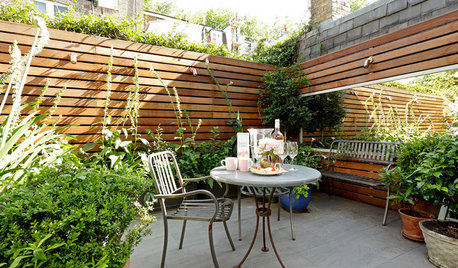
CONTAINER GARDENSPocket Gardens, Pint-Size Patios and Urban Backyards
A compact outdoor space can be a beautiful garden room with the right mix of plantings, furniture and creativity
Full Story
GARDENING GUIDESOh, Deer! 10 Native Flowers That Stand Up to the Herds
Keeping a garden amid hungry deer can be hard, but these plants should fare well
Full Story
GARDENING GUIDESGarden-Friendly Native Alternatives to Overplanted Exotics
There are lots of gorgeous, wildlife-friendly native plants ready to make an appearance in your garden
Full Story
GARDENING GUIDESAttract Hummingbirds and Bees With These Beautiful Summer Flowers
Roll out a welcome mat for pollinators to keep your landscape in balance and thriving
Full Story
GARDENING FOR BUTTERFLIESBe a Butterfly Savior — Garden for the Monarchs
Keep hope, beauty and kindness alive in the landscape by providing a refuge for these threatened enchanters
Full Story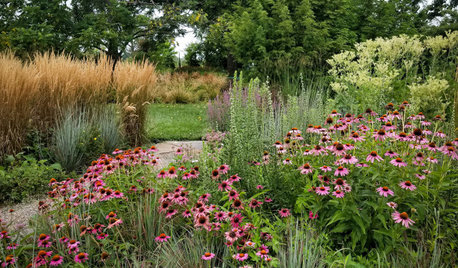
FALL GARDENING20 Favorite Flowers for the Fall Landscape
Vivid blooms and striking shapes make these annuals and perennials a delight in autumn gardens
Full Story
GARDENING GUIDES20 Favorite Flowers for Butterflies and Bouquets
Discover perennials and annuals that do double duty as butterfly magnets and versatile cut flowers
Full Story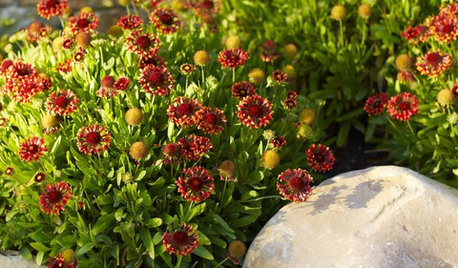
GARDENING FOR BUTTERFLIESGreat Design Plant: Blanket Flower Brings Year-Round Cheer
It's irresistible to wildlife, but this wildflower's drought tolerance, copious blooms and versatility draw human fans too
Full Story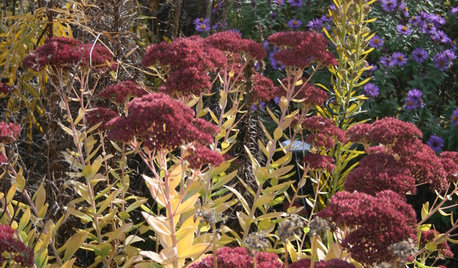
GARDENING GUIDES8 Perennials for Great Fall Color
Trees haven't cornered the market on autumn splendor. Add these flowering perennials for a foliage sight to behold
Full Story
GARDENING GUIDESCalifornia Gardener's June Checklist
Update your hydrangeas, catch up on tomatoes and more ways to enjoy your California garden in June
Full StorySponsored
Franklin County's Preferred Architectural Firm | Best of Houzz Winner
More Discussions






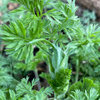
mistascott
rouge21_gw (CDN Z5b/6a)Original Author
Related Professionals
Danbury Landscape Architects & Landscape Designers · Oconomowoc Landscape Architects & Landscape Designers · Aloha Landscape Contractors · Bedford Heights Landscape Contractors · Berkeley Heights Landscape Contractors · Cedar Hill Landscape Contractors · Cockeysville Landscape Contractors · Fort Worth Landscape Contractors · Gresham Landscape Contractors · Kerman Landscape Contractors · La Verne Landscape Contractors · Middletown Landscape Contractors · Santa Ana Landscape Contractors · West Covina Landscape Contractors · Maple Heights Landscape Contractorsmistascott
rouge21_gw (CDN Z5b/6a)Original Author
mistascott
vivian_2010 (IL Zone 5a)
rouge21_gw (CDN Z5b/6a)Original Author